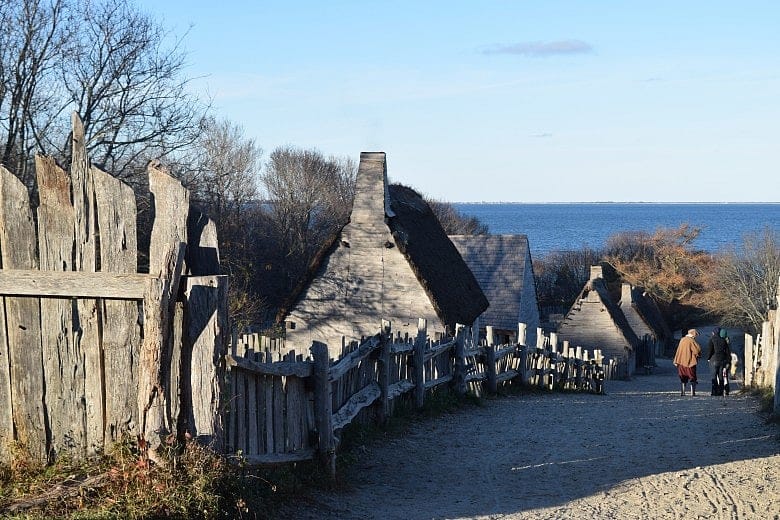Video: In storytelling, Plimoth Plantation faces religious nuance head on

PLYMOUTH – When Plimoth Plantation's deputy executive director Richard Pickering awaited his first interview in 1984 for an acting role, he heard a group of role players in the room confess a common fear – discussing religion with the village's visitors.
"If the staff is frightened to talk about the very subject that motivated this entire colony, that's my place here, if I can help the museum talk about the spiritual experiences of people in the past in an accurate and respectful way," Pickering remembers thinking.

